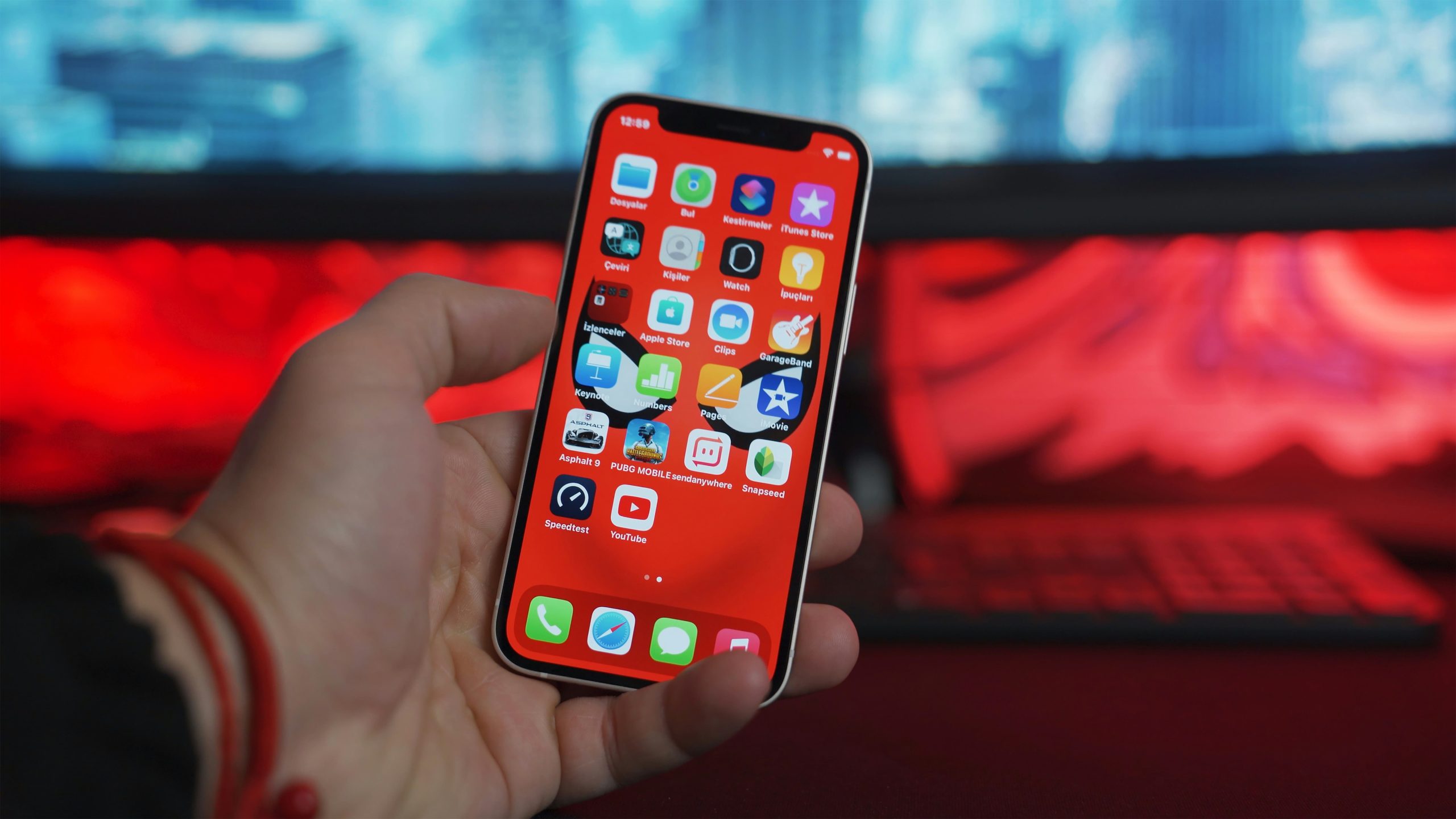As the rollout of 5G networks accelerates, it’s clear that next-generation wireless technologies will reshape connectivity on a global scale. Among the innovations introduced by 5G is the use of mmWave frequencies, which offer unprecedented speeds and bandwidth. However, these higher frequencies also present unique challenges in ensuring device compliance, performance, and safety. Power density testing has become a critical focus for evaluating devices operating in these bands, marking a shift from traditional testing methods like SAR. This article explores the importance of power density testing for 5G and beyond, the challenges it addresses, and how testing methods are evolving alongside wireless technologies.
Importance of Power Density Testing for 5G and mmWave Devices
The adoption of mmWave frequencies, which range from 24 GHz to 100 GHz, has introduced a fundamental shift in how RF exposure is evaluated. Unlike lower-frequency signals used in 4G and earlier technologies, mmWave signals have limited penetration depth, primarily interacting with the skin’s surface rather than deeper tissues. This has necessitated a move away from SAR testing, which measures RF energy absorption in body tissues, to power density testing, which assesses energy exposure at the skin level.
Power density testing is particularly vital for the wide range of 5G applications. Consumer devices such as smartphones, wearables, and augmented reality headsets often operate close to the body, requiring careful evaluation to ensure safety. Additionally, 5G infrastructure, including small cells and base stations, must comply with regulatory standards to avoid interference with other systems and minimize exposure risks in densely populated areas. With governments and organizations like the FCC, ICNIRP, and IEC introducing updated guidelines specific to mmWave technologies, power density testing has become a regulatory requirement for both device manufacturers and network operators.
Challenges in Testing Higher Frequencies
Testing devices at mmWave frequencies introduces several technical and logistical challenges. One significant complexity lies in the behavior of high-frequency signals. While their limited penetration reduces deep-tissue RF exposure risks, these signals are highly susceptible to reflection and absorption by objects and surfaces, including the human body. Testing these effects accurately requires sophisticated tools and methods.
Another challenge stems from the advanced technologies embedded in 5G devices. Features like beamforming and phased array antennas dynamically direct signals toward users to optimize performance. These adaptive behaviors make it difficult to isolate and measure power density consistently, as the signal intensity can vary significantly based on usage scenarios and angles of incidence.
Environmental factors also complicate testing at mmWave frequencies. In real-world conditions, interference from other devices, reflections from walls, and atmospheric absorption can distort measurements. Additionally, existing testing equipment, such as probes and field measurement devices, often struggles to deliver the precision required for mmWave testing, highlighting the need for specialized instruments designed for these frequencies.
Dynamic spectrum-sharing technologies, a hallmark of 5G, add another layer of complexity. Devices that share frequency bands with other systems or dynamically switch between channels must undergo rigorous testing to ensure they maintain compliance and avoid interference in all operating scenarios.
Evolving Power Density Testing for Next-Generation Technologies
To meet the challenges of testing mmWave devices, the industry is rapidly advancing its tools and methodologies. Near-field scanning techniques and simulation-based models are becoming standard practices, enabling precise measurements of complex electromagnetic fields. Specialized mmWave probes and software tools are now available, designed to handle the unique demands of high-frequency testing with improved accuracy and efficiency.
Efforts to standardize power density testing across regions and devices are also gaining momentum. Regulatory bodies are collaborating with manufacturers and testing labs to develop uniform guidelines, ensuring consistency in testing processes worldwide. For instance, recent updates to IEC and FCC standards incorporate specific procedures for mmWave testing, making it easier for manufacturers to demonstrate compliance.
Looking ahead, testing labs are preparing for the next wave of wireless innovation, including 6G and other emerging technologies. These future networks are expected to push frequency boundaries even further, potentially reaching terahertz bands. To stay ahead, labs and manufacturers are investing in adaptable testing infrastructure capable of evolving alongside these advancements.
Get Power Density Help at RF Exposure Lab
As wireless technologies continue to advance, power density testing has emerged as a critical component of ensuring the safety, compliance, and performance of devices operating in mmWave and 5G frequency bands. By addressing challenges like high-frequency signal behavior, equipment limitations, and dynamic spectrum usage, the industry is paving the way for reliable and safe adoption of next-generation wireless systems.
RF Exposure Lab can help you determine which type of testing is necessary for your products, whether that’s Nerve Stimulation, Power Density, or SAR testing. Our lab has Power Density testing equipment available to ensure that we can always meet our clients’ needs.
Our expert team knows that the wireless device testing landscape is constantly changing, which is why we do the work of staying on top of it so our clients don’t have to. Through our unique expertise and commitment to our clients, we guarantee accurate testing and results. Contact us to get a quote or learn more about our services.
